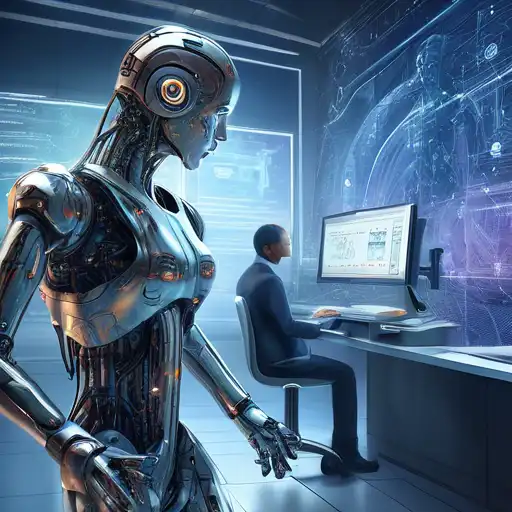Introduction to AI and Machine Learning
In the rapidly evolving world of technology, Artificial Intelligence (AI) and Machine Learning (ML) are two terms that are often used interchangeably. However, they are not the same. This article aims to demystify the differences between AI and ML, providing a clear understanding of each concept and how they relate to each other.
What is Artificial Intelligence?
Artificial Intelligence is a broad field of computer science focused on creating systems capable of performing tasks that typically require human intelligence. These tasks include problem-solving, understanding natural language, recognizing patterns, and making decisions. AI can be categorized into two types: narrow AI, which is designed to perform a specific task, and general AI, which can perform any intellectual task that a human can.
What is Machine Learning?
Machine Learning, on the other hand, is a subset of AI that involves the development of algorithms that allow computers to learn from and make predictions or decisions based on data. Unlike traditional programming, where a programmer writes explicit instructions, ML algorithms improve their performance as they are exposed to more data over time.
Key Differences Between AI and Machine Learning
While AI aims to simulate human intelligence broadly, ML focuses on enabling machines to learn from data. Here are some key differences:
- Scope: AI has a broader scope than ML, encompassing various technologies and methodologies.
- Learning: ML specifically focuses on the development of algorithms that learn from data.
- Application: AI applications can range from simple tasks like filtering spam emails to complex ones like autonomous driving. ML is often used in data analysis, predictive modeling, and natural language processing.
How AI and Machine Learning Work Together
Despite their differences, AI and ML are deeply interconnected. ML is one of the most effective ways to achieve AI. By feeding large amounts of data into ML algorithms, AI systems can learn and improve over time, making them more intelligent and capable of handling complex tasks.
Real-World Applications
Both AI and ML have transformative applications across industries. From healthcare, where they help in diagnosing diseases, to finance, where they detect fraudulent transactions, the possibilities are endless. Tech trends indicate that their impact will only grow in the coming years.
Conclusion
Understanding the difference between AI and Machine Learning is crucial for anyone looking to delve into the field of technology. While AI is the broader concept of machines being able to carry out tasks in a way that we would consider "smart," ML is a current application of AI based on the idea that we should be able to give machines access to data and let them learn for themselves. As technology advances, the line between AI and ML may blur, but their foundational differences will remain significant.
